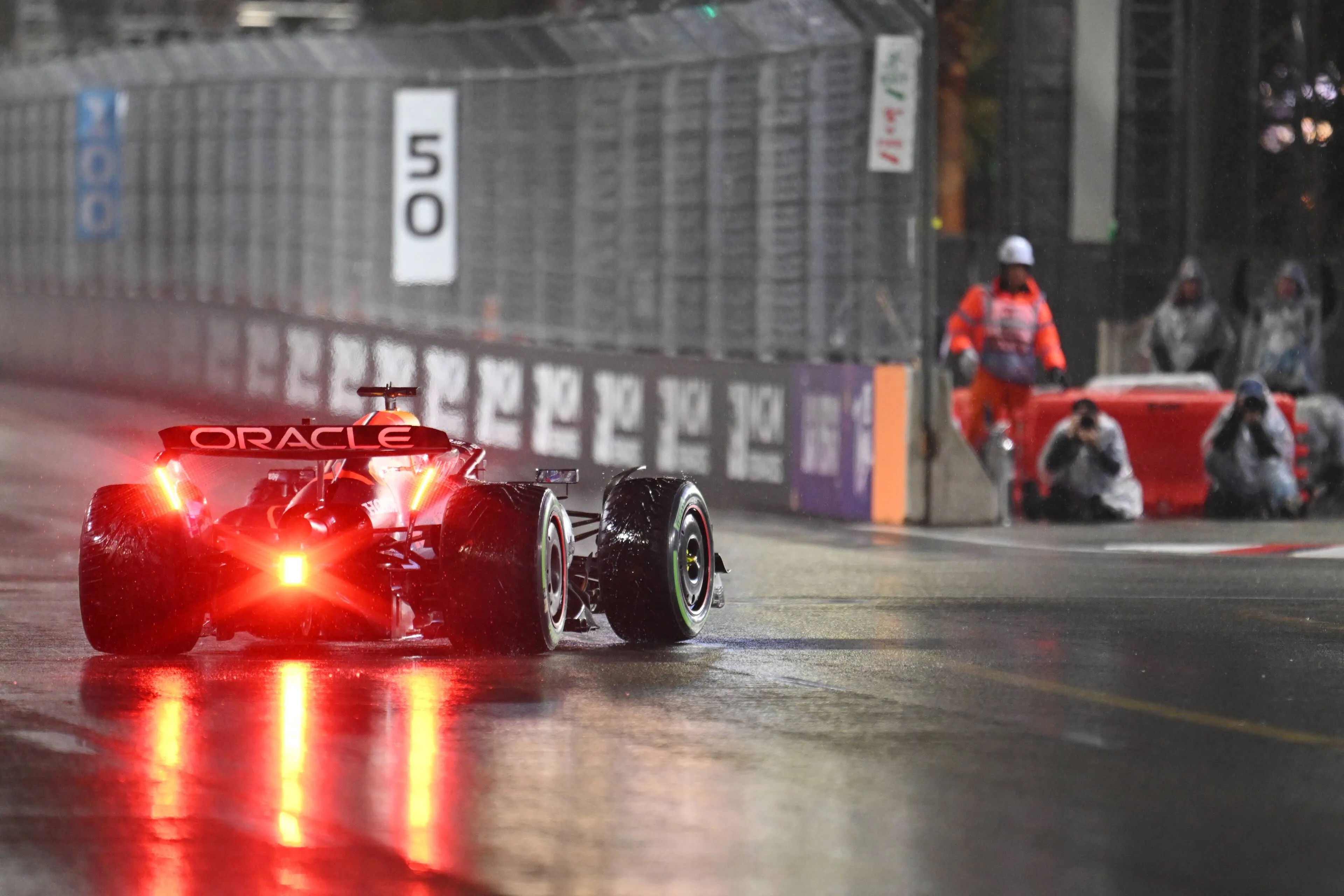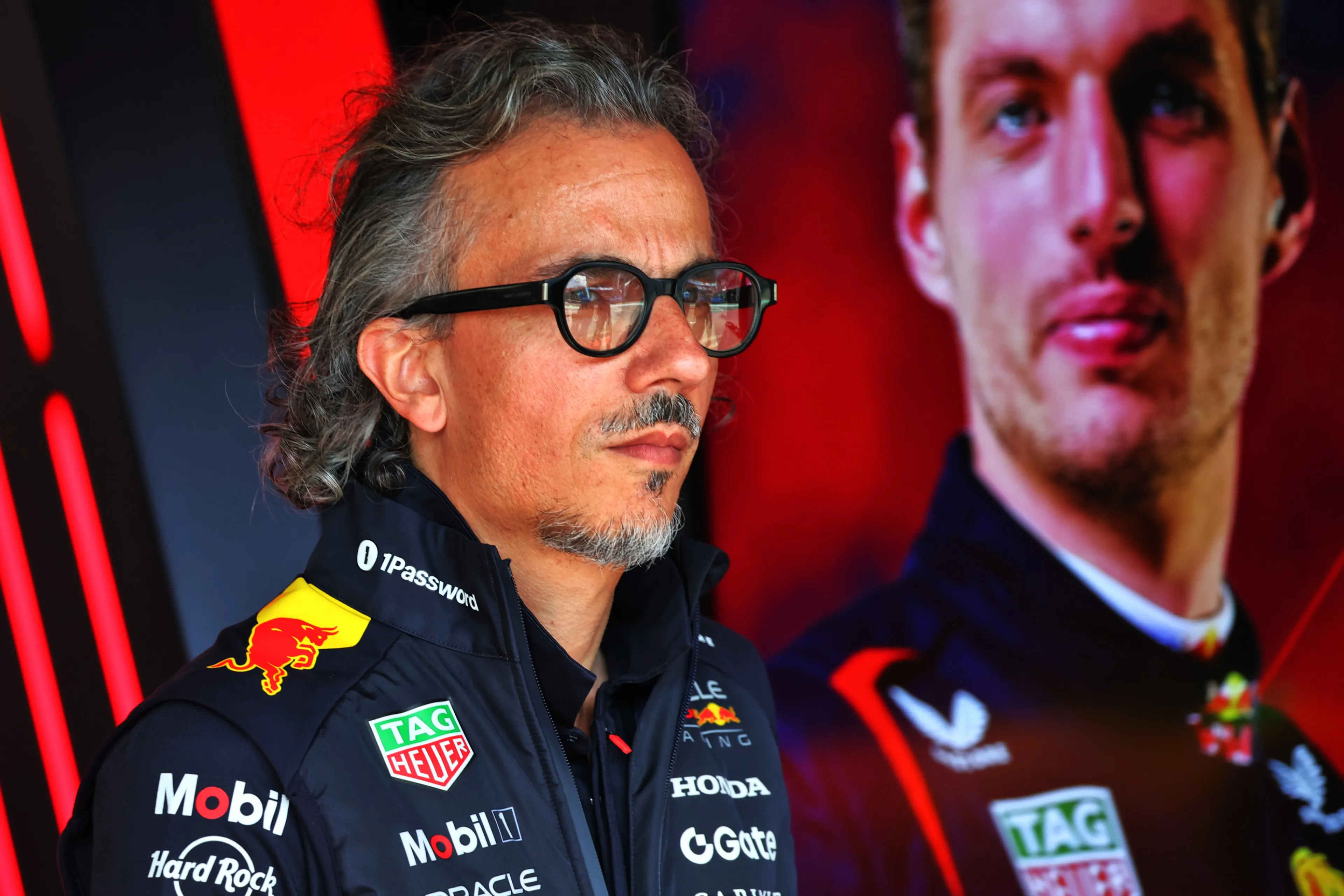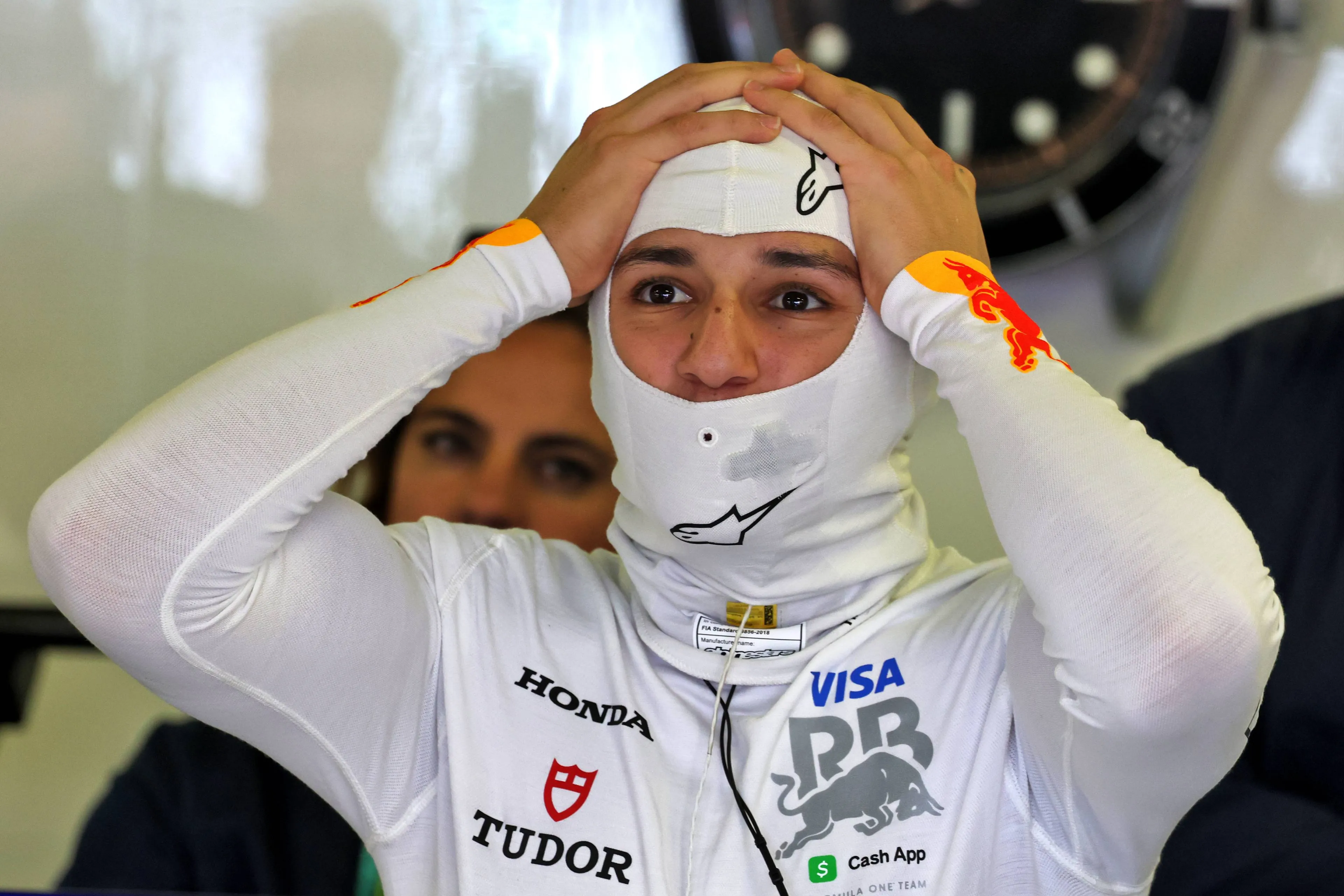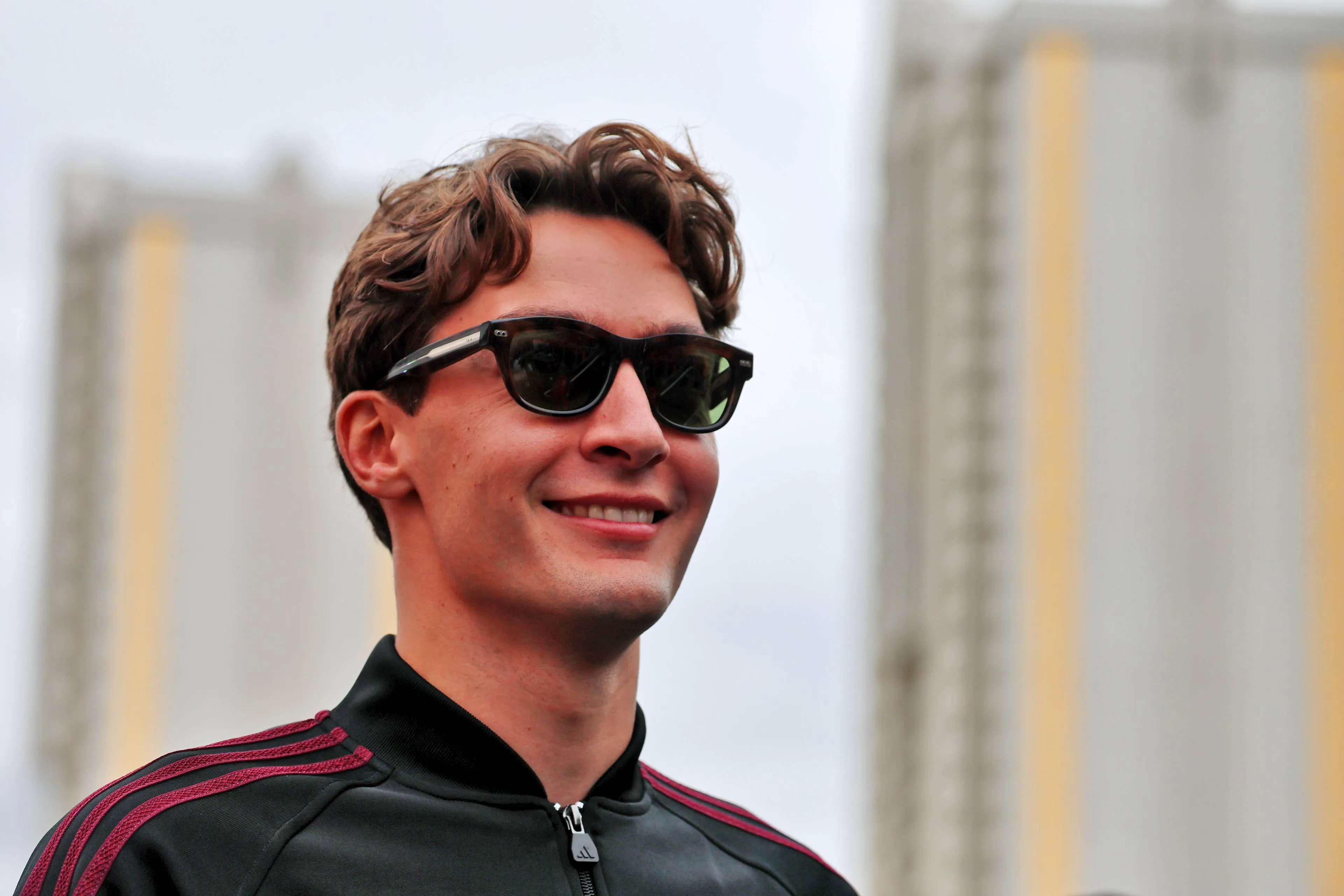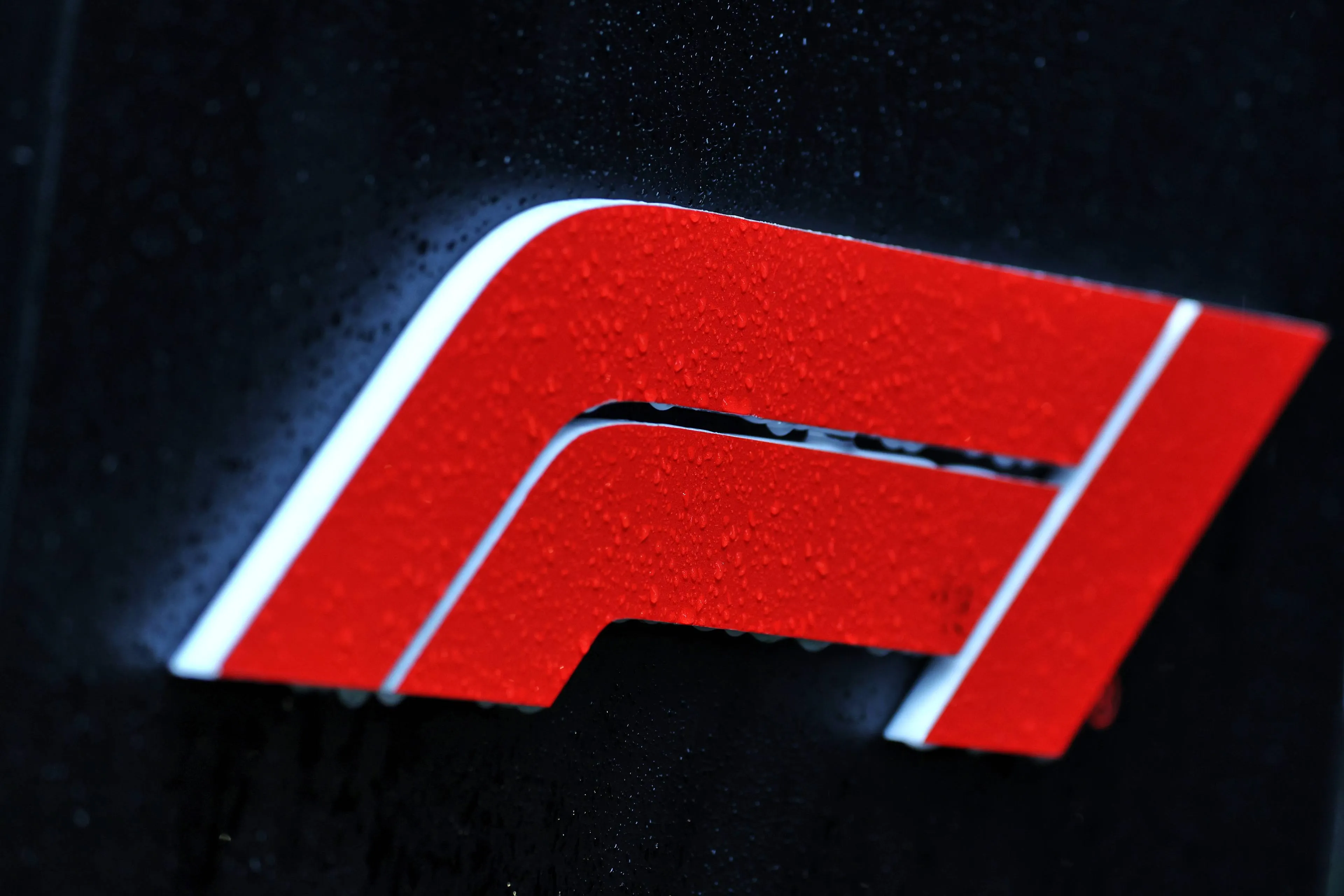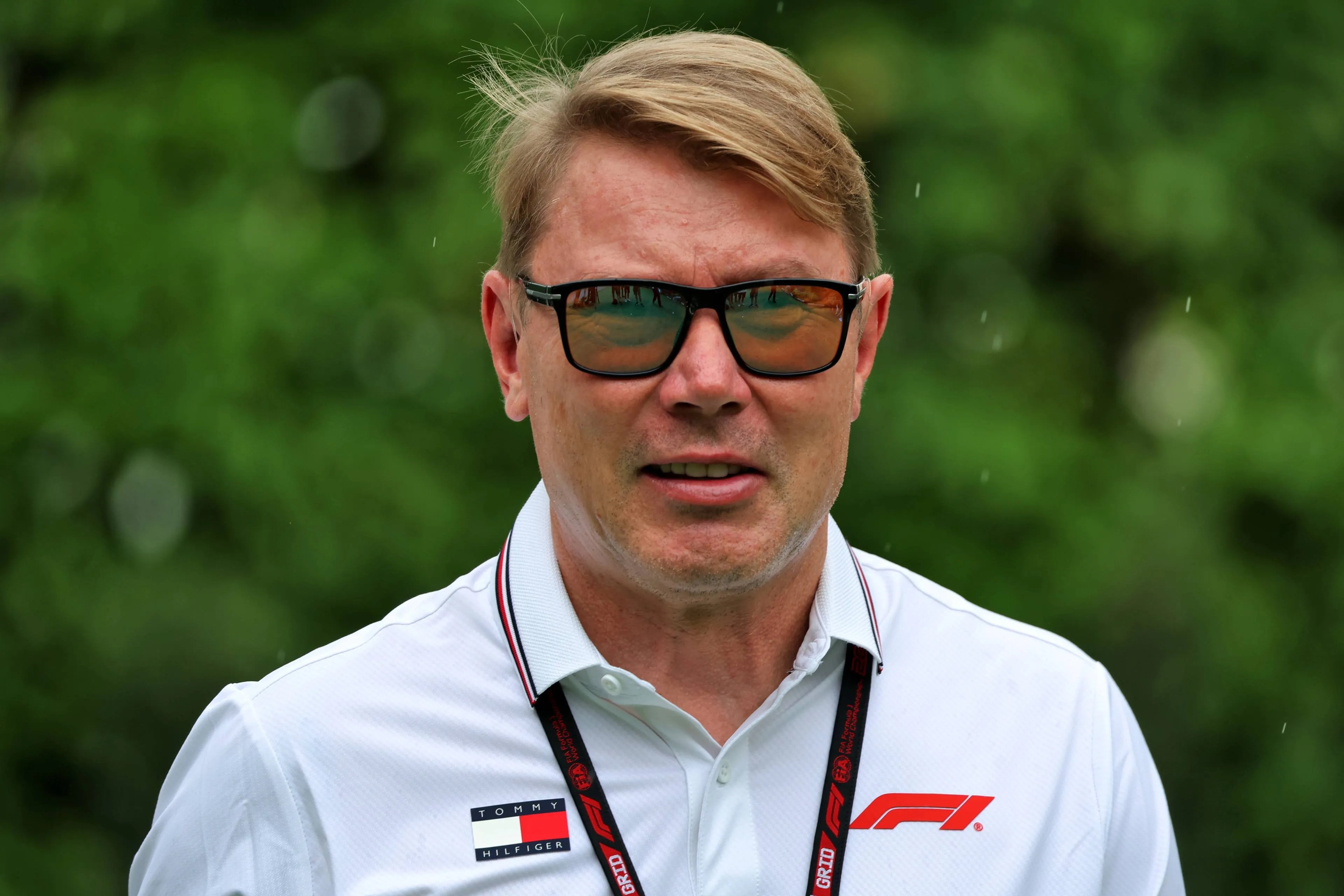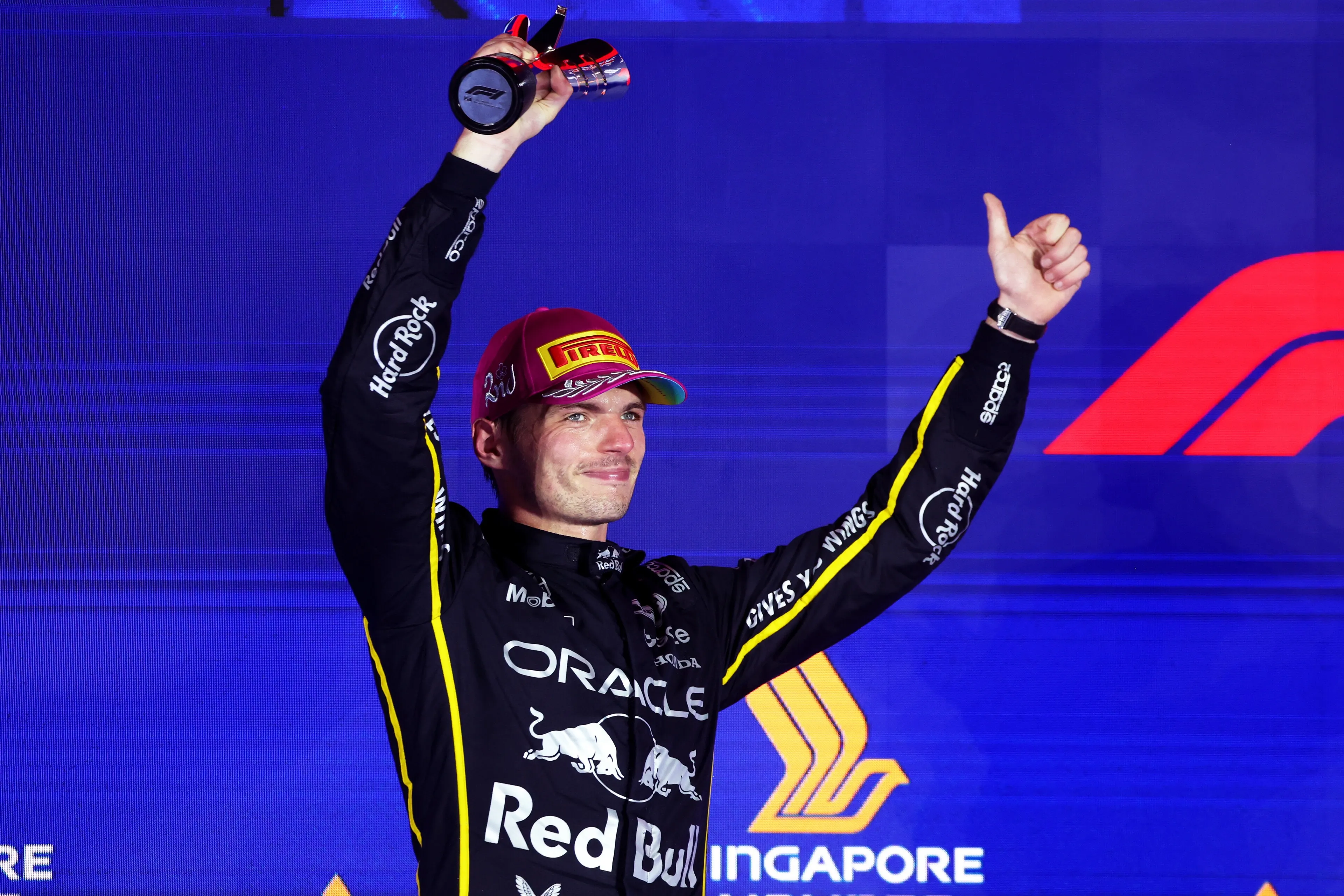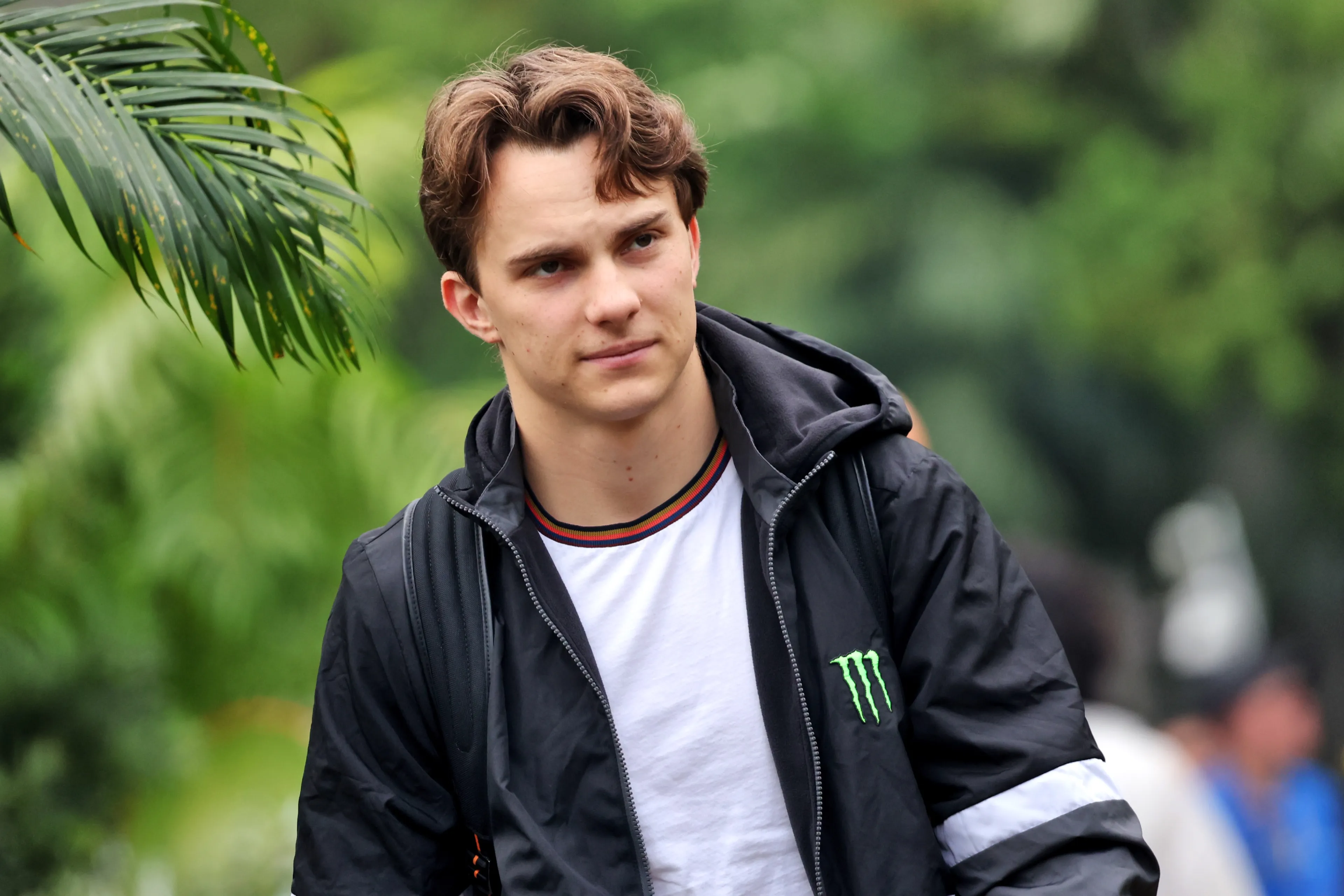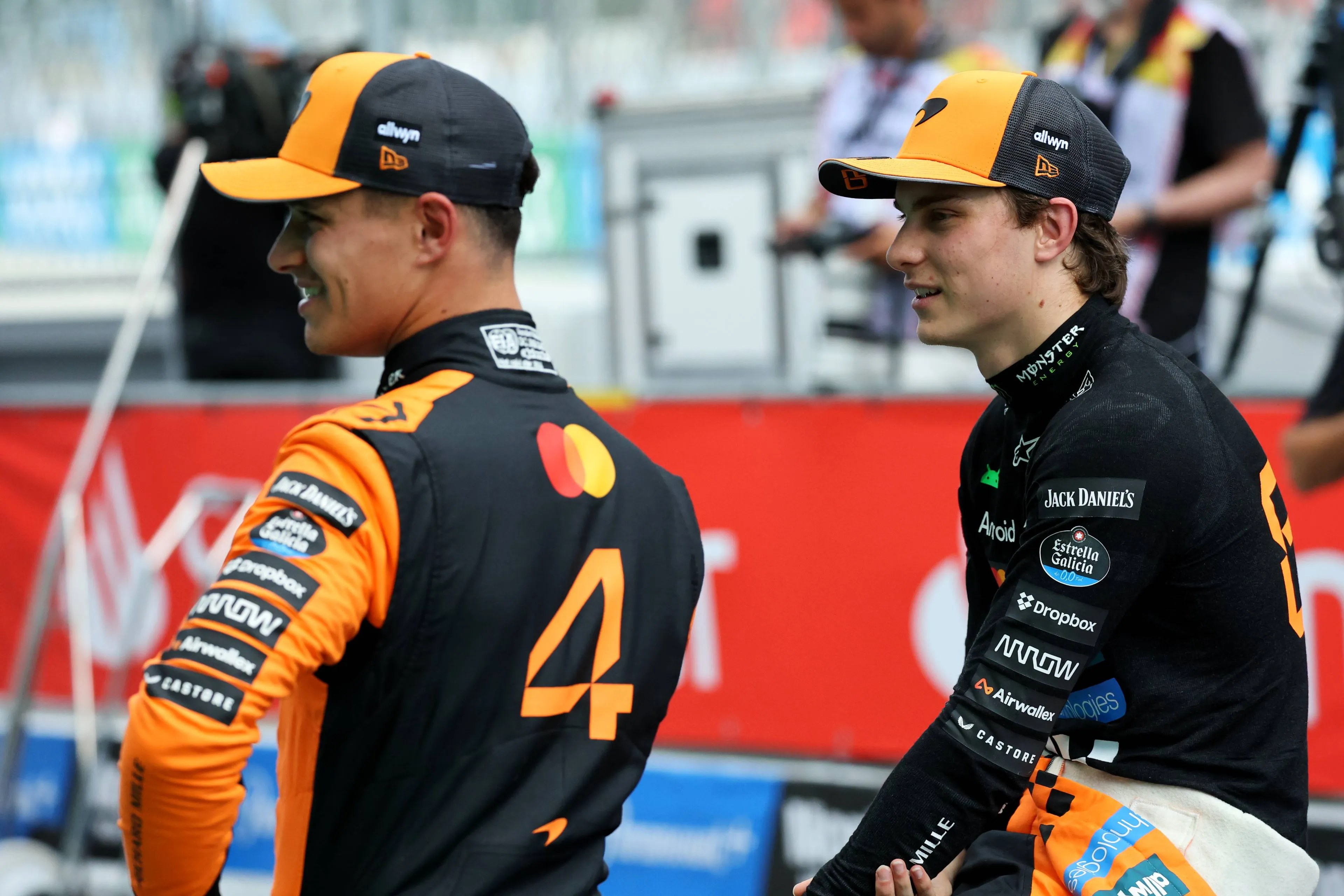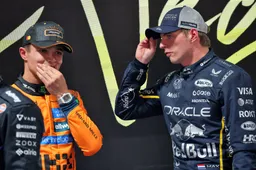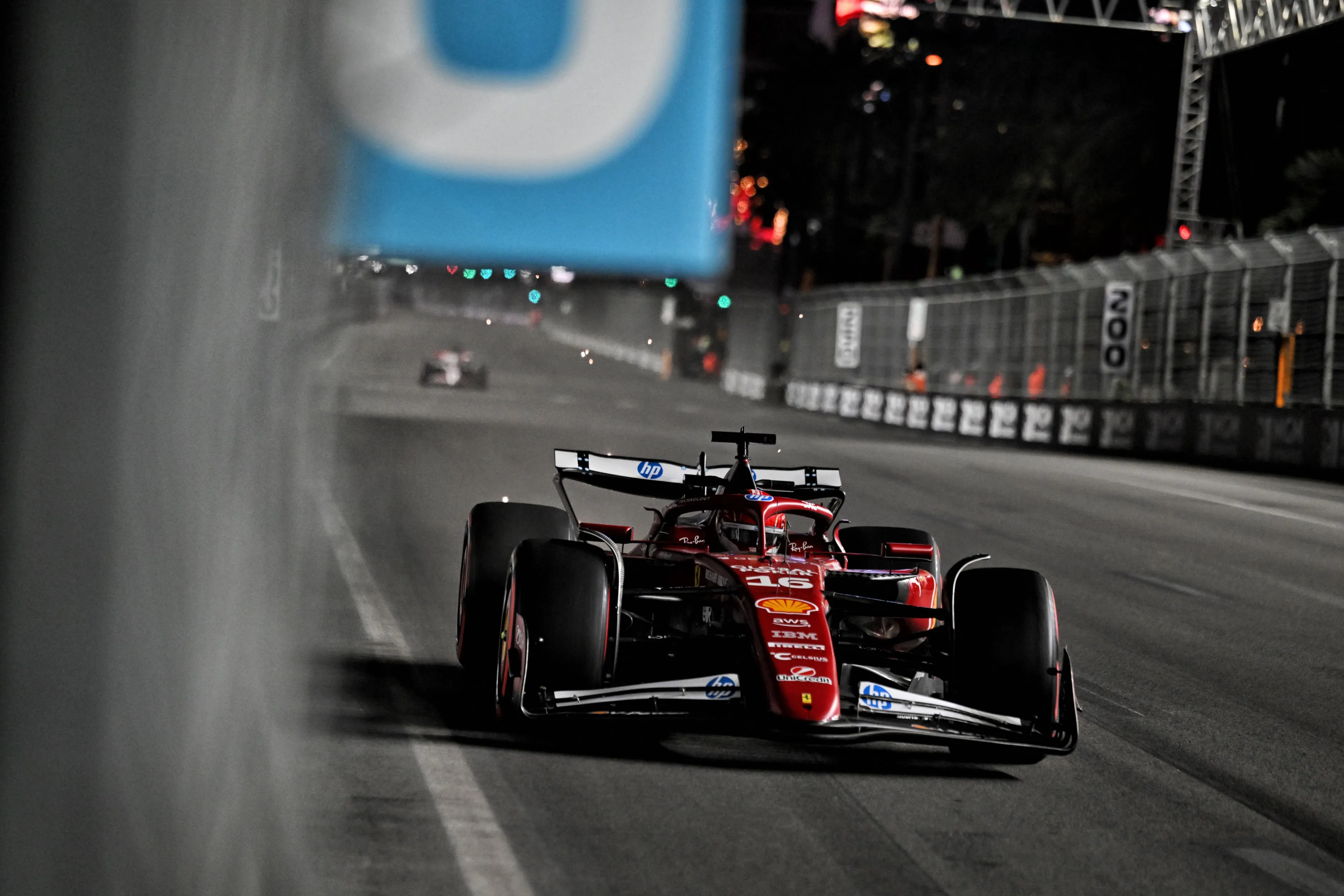
Photo: Race Pictures
Las Vegas GP data disruption force Pirelli and F1 teams into uncertainty
04:45, 23 Nov
0 Comments
Las Vegas’ weather prevented meaningful data from being gathered by Pirelli and all 10 teams.
"The one-stop and two-stop are very close, so I don't have a clear idea if they are planning a one-stop or two-stop."- Mario Isola
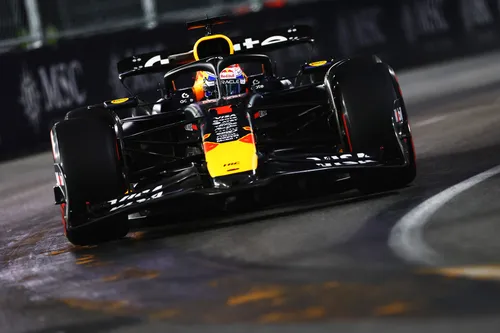
Pirelli doesn't know which stratedy is fastest for the Las Vegas GP. Photo: Red Bull Content Pool
Dry conditions are expected during the Las Vegas Grand Prix, but with both representative sessions FP2 (a neutralisation prevented teams to do race simulations) and Qualifying (wet-to-dry conditions) yielding little usable data, Pirelli, as all the F1 teams, head into the race unsure of which strategy will have the edge come race time.
“The one-stop and two-stop are very close, so I don't have a clear idea if they are planning a one-stop or two-stop,” said Pirelli’s motorsport chief Mario Isola, pleading teams should remain flexible given the graining the hit the tyres when raced on the not yet rubbered in track, which is expected to be in similar conditions for the race.
“If at the start of the race they have to push, because they are fighting for the position and they initiate graining, then it's difficult to clean it,” the Italian warned.
“In that case a two-stop could be an advantage because if you start losing, if you start having degradation because of the graining, that is not manageable.”
Isola reveals quickest strategy for Las Vegas GP
Clarifying that the graining was more evident in the front tyres, Isola claimed a two-stop strategy should not be ruled out. “Then you have an advantage to stop twice and fit fresh tyres and use the advantage of a fresh tyre and maybe undercut those.”
The Pirelli motorsport chief stated that in their estimations the one-stop strategy would be the fastest, but should teams opt for the medium-hard-hard, or the medium-hard-medium pit stop sequence they should not be disadvantaged.

F1 teams have little reliable data as they head into the Las Vegas GP. Photo: RacePictures.
“The quickest strategy for us is starting on the medium and then moving to the hard, one stop, with a window between lap 20 and 26,” he continued.
“We know that the majority of the teams decided to keep both sets of hard available for tomorrow and that's a good indication, because yesterday we had some graining on the medium and then also on the soft."
Two-stopper not disadvantaged vs one-stopper
Nuancing that the medium tyre showed more graining than the soft due to the teams choosing to do some high fuel runs with the yellow-band compound, Isola stressed both compounds would have to undergo extensive management.
“If for any reason they start on the medium, they have to anticipate the first stop between lap 12 and 18, then they can move to the hard and then they have another set of hard to finish the race.
“This second option, medium-hard-hard, on paper is very close in terms of total race time to the one-stop. We know that one-stop is the favourite because of the track position, they don't want to take any risk for an additional stop and so on, but the medium-hard-hard, you don't have a disadvantage.
“The same for a medium-hard-medium, but we know that very few drivers have two sets of medium,” he concluded.
Everything you need to know about F1, all in one place
Want to stay up-to-date with what happens in the F1 paddock? Then GPblog's F1 Paddock Update video is the perfect way to do it. Subscribe to GPblog's YouTube channel and turn on notifications to never miss the latest episodes.
Read also
Read more about:
Rumors
Popular on GPBlog

1
2025 Las Vegas Grand Prix: start time and full schedule
12585 times read
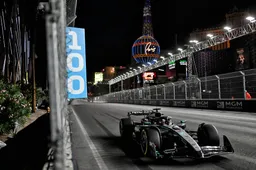
2
Las Vegas GP weather forecast | Teams unprepared for tricky challenge
5354 times read

3
F1 Tech | Weather set to have a huge impact on the Las Vegas GP
3067 times read
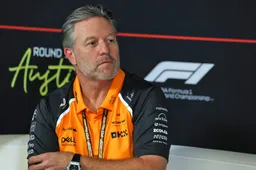
4
Zak Brown immediately contacted 'arrogant' Verstappen after interview
2997 times read
Loading

